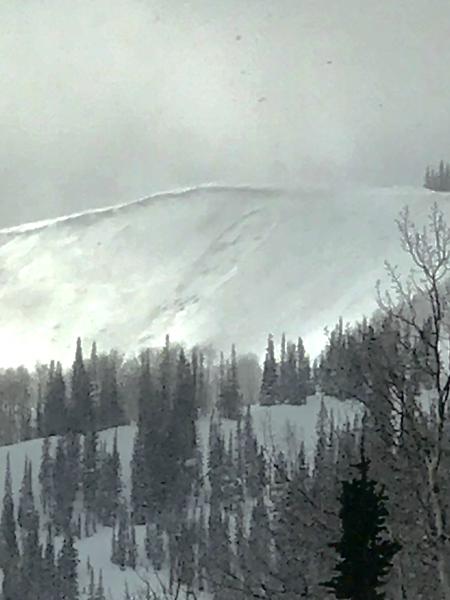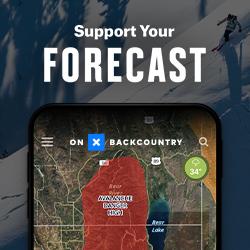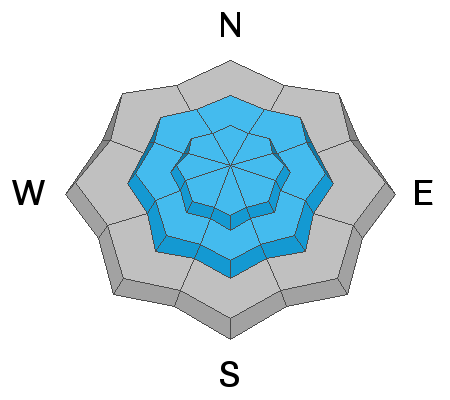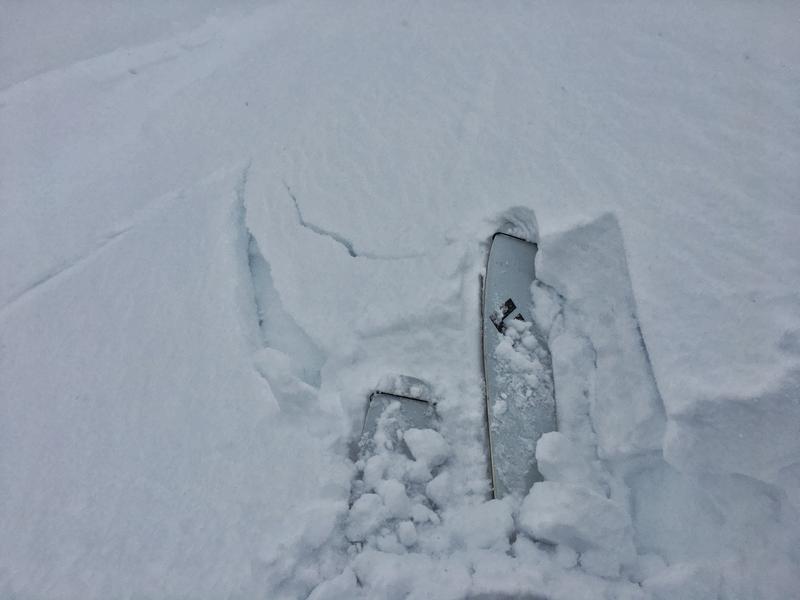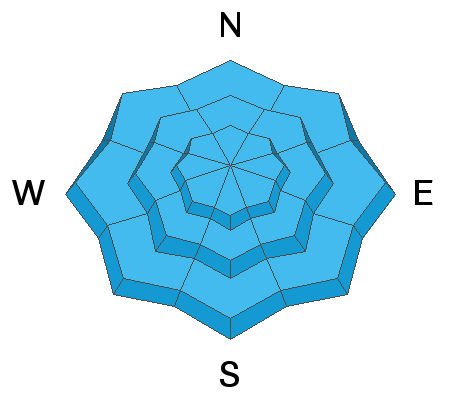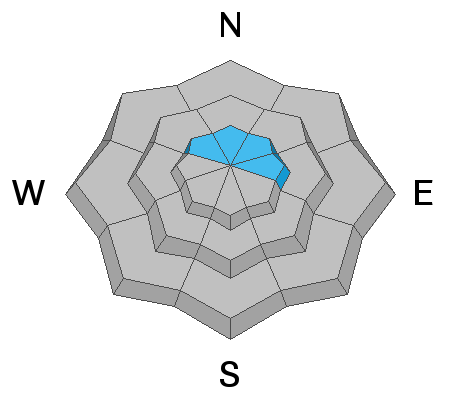Forecast for the Salt Lake Area Mountains

Issued by Mark Staples on
Monday morning, December 31, 2018
Monday morning, December 31, 2018
Today the avalanche danger is CONSIDERABLE at upper elevations where slabs of wind-drifted snow exist from various wind directions in the last three days. You'll have to be a detective to avoid these wind slabs because some will be covered by last night's new snow.
Isolated locations and pockets with a thin snowpack could have avalanches that break near the ground but these places will likely need the load of wind drifted snow.
The danger is MODERATE at mid and low elevations. Go to wind-sheltered slopes from any wind direction for the best skiing and riding where the main issue will be sluffing of the new snow in steep terrain.
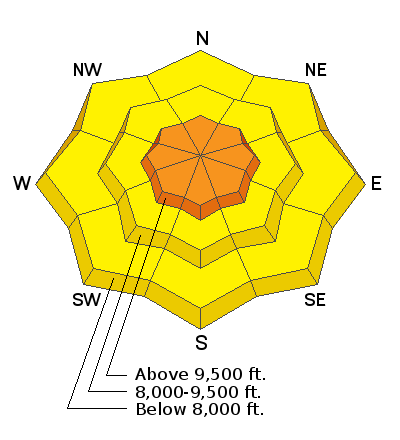
Low
Moderate
Considerable
High
Extreme
Learn how to read the forecast here



